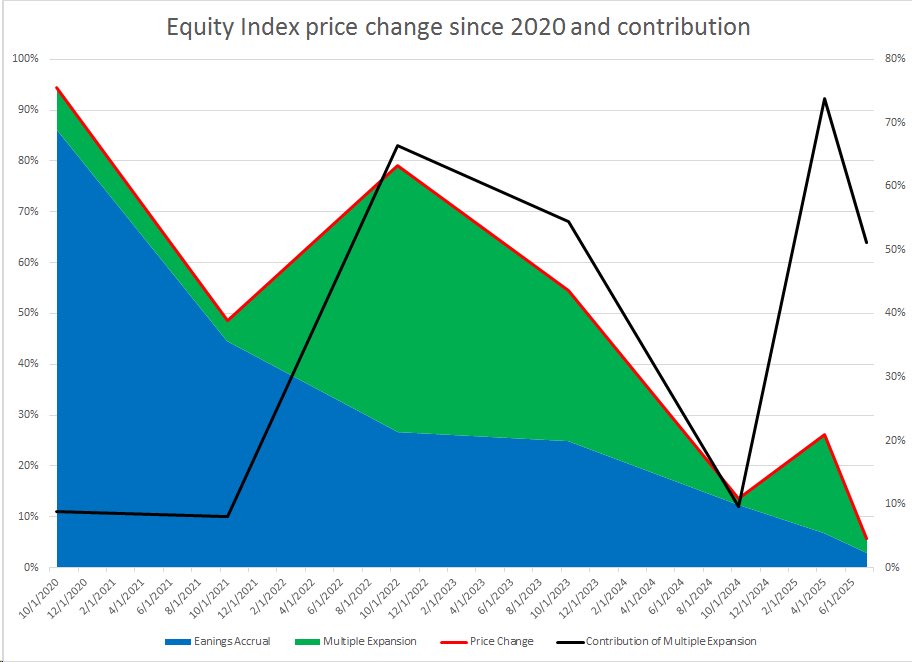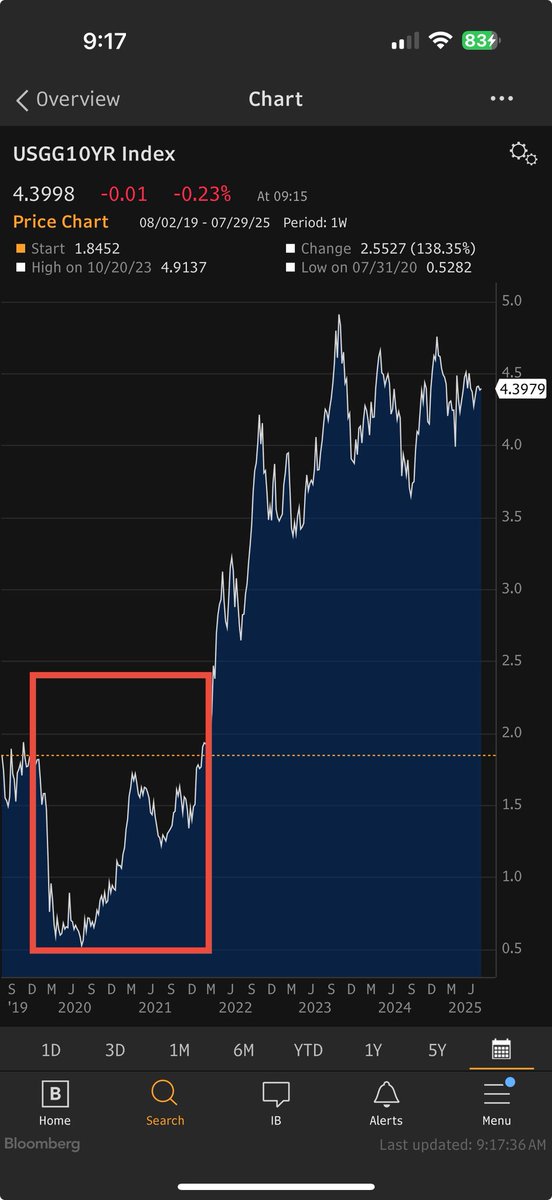
https://t.co/SgaSuGdrox macro & beta @2Graybeards for beta. Both for investor education, Brevan Howard, Bridgewater, Salomon, Dad of 4. Go Penn, No tweet is advice
85 subscribers
How to get URL link on X (Twitter) App


 Note yields are driven lower by
Note yields are driven lower by 

https://twitter.com/lukegromen/status/1978250481941037223The Fed bears only partial responsibility to the muting of QT. QT impact is two fold reducing reserves HAS occurred. Though not much and mostly just reduced pseudo reserves in the form or RRP reduction to zero.

 TFF is moderately more useful because the cohorts are more sensible.
TFF is moderately more useful because the cohorts are more sensible.






 The 1940 example rings true to me as "the customers" are convinced that the services provided by "the brokers" will let the customers beat their competitors. "Keeping up with the Jones" has motivated Americans as long as I can remember. Brokers tapped that competitive spirit
The 1940 example rings true to me as "the customers" are convinced that the services provided by "the brokers" will let the customers beat their competitors. "Keeping up with the Jones" has motivated Americans as long as I can remember. Brokers tapped that competitive spirit

 Here is his write up and some helpful charts
Here is his write up and some helpful charts 
